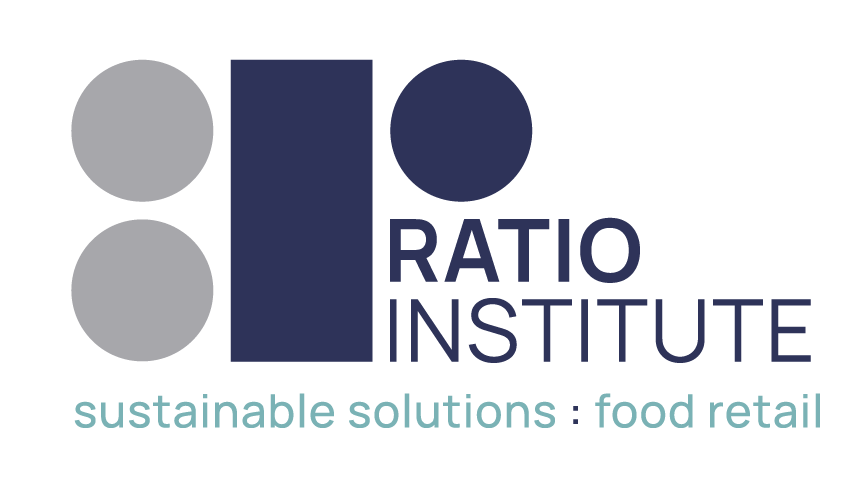The idea of sustainability as a zero-sum game is obsolete. Doing good is not the enemy of being profitable.
Likewise, profitable decisions can be quite sustainable. But this synthesis requires a more evolved approach to decision making. When sustainability is woven into the fabric of organizational decision-making, it will drive operational excellence and profits.
By definition, something that is unsustainable cannot continue without resulting in diminished or detrimental effects. In many instances, food retail has passed the point of “diminished,” and we’re now looking at “detrimental.” Sustainability is future-proofing for business.
Here are four examples how the paths to sustainability and profitability converge.
The Real Cost of Food Transportation and Stretched Supply Chains
I’m from Santa Cruz, California. On a recent trip to the Midwest, I walked into a local grocery store to find a newly installed display of strawberries for 99 cents per flat. Like me, these strawberries had traveled about 2,000 miles to get to this store.
It’s not difficult to imagine the environmental cost of shipping strawberries 2,000 miles to sell them for 99 cents per flat. But let’s explore the real cost in other areas:
- These berries were displayed in a newly installed, $4,000 self-contained case that costs about $400-$500 to operate annually.
- On average, one in seven trucks of produce or fruit do not make it to the store.
- Almost 50% of strawberries are never sold.
Considering these factors, how many flats need to be sold to break even? In this particular case, the retailer viewed these strawberries as a loss leader that would bring customers in the store, especially during summer months and holidays.
How much in additional sales and profit is required to recoup the investment of the display case? How many flats of strawberries must be sold just to break even?
But does the sales data support this approach? One must also ask:
- Is the average basket size per customer increased as a result of the strawberries being available at 99 cents per flat?
- How much additional solid waste is created by bringing strawberries from 2,000 miles away, and what does that additional waste cost the store?
- How much in additional sales and profit is required to recoup the investment of the display case? How many flats of strawberries must be sold just to break even?
- Are net present value (NPV) or internal rate of return (IRR) metrics considered when deciding whether to purchase a case and create a new display?
The Operational Value of Ice
Ice has long outlived its usefulness in merchandising seafood, but many food retailers continue to use it purely for aesthetics. In fact, using ice to merchandise seafood isn’t just unnecessary, it’s costly.
Before you decorate your cases with ice, consider these potential costs:
- It takes $5,000 worth of electricity per year to produce the ice.
- You would need to sell $90,000 in seafood just to cover the electricity to make the ice. At $10/lb., that’s 9,000 lbs. of seafood.
- Ice for merchandising uses ~100,000 gallons of water (not including sewage charges). Then employees often use hot water to dispose of the ice, which consumes more water along with the energy needed to heat the water and dispose of it (sewer).
- Sometimes used ice is placed in solid waste containers because it’s mixed with seafood waste and juices. This increases the total weight of solid waste, making it more expensive to dispose of.
- Adding ice to a refrigerated case increases the workload for that case.
- Ice machines are often located in temperature-controlled rooms, where waste heat from the condenser must be removed from temperature-controlled space. They also require ongoing maintenance.
- There is an increased risk of worker’s compensation claims from moving ice, as well as slip-and-fall claims due to melting ice on the floor.
Using ice to merchandise seafood isn’t just unnecessary, it’s costly.
Outdoor Beverage Vending Machines Sweat Dollars
Many food retailers place beverage vending machines outside their stores. Consider the economics of this merchandising strategy:
- It takes ~2,000 kWh annually to operate an outdoor beverage vending machine, costing the store about $200 per year. At that rate, you’d have to sell about $3,600 worth of merchandise just to pay for the electricity.
- In colder climates (or anytime the ambient temperature is less than 40º F), you’re essentially paying to “heat” the beverages.
- Consider the additional labor required to maintain, secure, and stock the machines.
- In some instances, the machines are owned by the bottler. The store isn’t making money off the machines, but it’s paying for the electricity…for what benefit?
Store Entrance Heaters Are Just (Wasteful) Hot Air
On a recent trip to a high-end grocer in Maryland, I was greeted by a series of 5kW (total 60kw) resistance heaters, which the retailer operates during the winter season. At what cost is the retailer greeting customers with a brief sense of warmth upon entering the store? Let’s do the math:
30 days operation x 18 hrs. per day x 60 kW x $.10/ kWh = $3,240/month
This retailer has to sell $58,320 worth of merchandise just to pay for the energy consumed by resistance heaters. These particular heaters were located outside under an awning, so the heated air wasn’t even partially kept inside the store.
Add up the cost of equipment, installation, maintenance, and energy consumption, and you’re looking at thousands of dollars every year.
A retailer has to sell $58,320 worth of merchandise just to pay for the energy consumed by resistance heaters.
The Takeaway
Food retailers that consistently make sustainability part of their strategic decision-making will experience reduced operating cost and, increased profitability that will carry them into the future.

